Hindu Festivals Kartik Purnima
Kartik Purnima
Kartik Purnima, observed on the full moon day of the Hindu month of Kartik, is considered one of the most sacred and auspicious occasions in Hinduism, Jainism, and Sikhism. On this day, devotees take holy baths in rivers, especially in the Ganga, believing it washes away sins and brings spiritual merit. It is also associated with Lord Shiva’s worship, the birth of Lord Kartikeya, and the victory of Lord Vishnu in his Matsya avatar. In many regions, devotees light rows of diyas at temples and riverbanks, creating a breathtaking sight of glowing lights. For Sikhs, Kartik Purnima marks the birth anniversary of Guru Nanak Dev Ji, the founder of Sikhism, celebrated with great devotion as Guru Nanak Jayanti. Jains observe it as the day Lord Mahavira gave his final sermon, known as Chaturmas Parvani. On this occasion, fairs, processions, and devotional gatherings are organized across India, spreading joy and faith. Kartik Purnima thus holds a unique significance across religions, symbolizing purity, devotion, knowledge, and the victory of light over darkness.



Kartik Purnima, observed on the full moon of the Kartik month, is a sacred festival celebrated by Hindus, Jains, and Sikhs. Devotees take holy river baths, worship Lord Shiva, Vishnu, and Kartikeya, light diyas, and offer prayers. For Sikhs, it marks Guru Nanak Dev Ji’s birth anniversary, celebrated with great devotion.
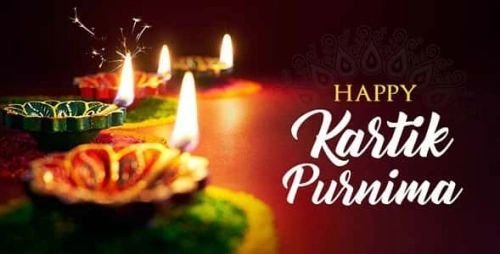

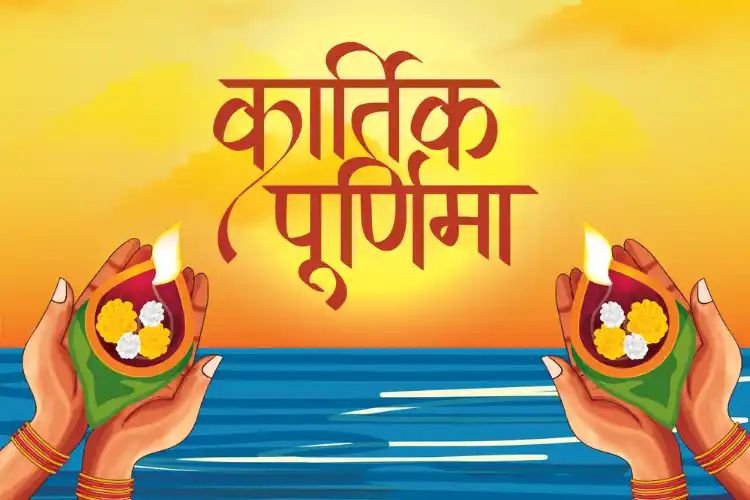


Rituals & Traditions of Kartik Purnima
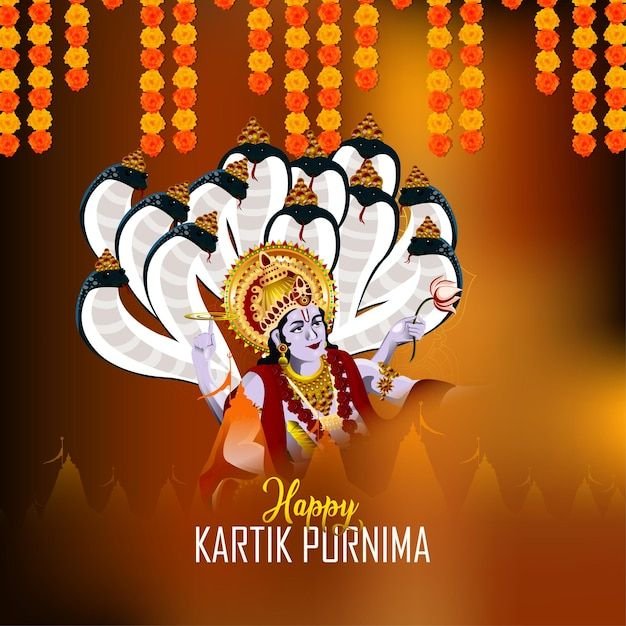
Kartik Purnima, observed on the full moon day of the Kartik month, is regarded as one of the most sacred and spiritually uplifting festivals across Hinduism, Jainism, and Sikhism, celebrated with great devotion and reverence. In Hindu tradition, the day is considered highly auspicious for taking a holy dip in sacred rivers like the Ganga, Yamuna, or Godavari, as it is believed to cleanse sins, grant punya (spiritual merit), and pave the way to liberation. The festival is associated with the worship of Lord Vishnu, who is believed to have taken his Matsya (fish) avatar on this day to save humanity, as well as Lord Shiva, who is honored with special prayers and rituals, and Lord Kartikeya, the son of Shiva and Parvati, whose birth anniversary also falls on this occasion. Devotees illuminate temples, homes, and riverbanks with rows of diyas, creating a divine spectacle that symbolizes the triumph of light over darkness and the power of spiritual knowledge. For Sikhs, Kartik Purnima is of immense significance as it marks the birth anniversary of Guru Nanak Dev Ji, the revered founder of Sikhism, celebrated through Gurpurab with prayers, kirtans, langars, and processions. Jains also revere this day as Chaturmas Parvani, commemorating Lord Mahavira’s last sermon, which laid the foundation of the Jain Agamas. Across India, fairs, devotional gatherings, charity, and cultural festivities are organized, filling the atmosphere with devotion and joy. Thus, Kartik Purnima is not just a festival but a symbol of purity, unity, and universal faith.
Kartik Purnima, observed on the full moon day of the Kartik month, is regarded as one of the most sacred and spiritually uplifting festivals across Hinduism, Jainism, and Sikhism, celebrated with great devotion and reverence. In Hindu tradition, the day is considered highly auspicious for taking a holy dip in sacred rivers like the Ganga, Yamuna, or Godavari, as it is believed to cleanse sins, grant punya (spiritual merit), and pave the way to liberation. The festival is associated with the worship of Lord Vishnu, who is believed to have taken his Matsya (fish) avatar on this day to save humanity, as well as Lord Shiva, who is honored with special prayers and rituals, and Lord Kartikeya, the son of Shiva and Parvati, whose birth anniversary also falls on this occasion. Devotees illuminate temples, homes, and riverbanks with rows of diyas, creating a divine spectacle that symbolizes the triumph of light over darkness and the power of spiritual knowledge. For Sikhs, Kartik Purnima is of immense significance as it marks the birth anniversary of Guru Nanak Dev Ji, the revered founder of Sikhism, celebrated through Gurpurab with prayers, kirtans, langars, and processions. Jains also revere this day as Chaturmas Parvani, commemorating Lord Mahavira’s last sermon, which laid the foundation of the Jain Agamas. Across India, fairs, devotional gatherings, charity, and cultural festivities are organized, filling the atmosphere with devotion and joy. Thus, Kartik Purnima is not just a festival but a symbol of purity, unity, and universal faith.
Spiritual Importance & Cultural Significance
Kartik Purnima, celebrated on the full moon day of the Hindu month of Kartik, is one of the most sacred and spiritually enriching festivals in India, observed with devotion by Hindus, Jains, and Sikhs. It is believed that taking a holy dip in sacred rivers like the Ganga, Yamuna, Narmada, or Godavari on this day absolves sins, grants punya (spiritual merit), and brings devotees closer to liberation. In Hindu tradition, Kartik Purnima is associated with several divine events: it marks the day when Lord Vishnu incarnated as Matsya, the fish avatar, to save the earth and preserve the Vedas; it is also connected with Lord Shiva, who is especially worshipped on this day with prayers, abhishekas, and offerings, particularly in places like Kashi and Pushkar; and it commemorates the birth anniversary of Lord Kartikeya, the son of Lord Shiva and Goddess Parvati, who is revered as the god of war and victory. On this day, devotees light thousands of diyas at homes, temples, and riverbanks, creating a mesmerizing sight symbolizing the victory of light over darkness and knowledge over ignorance. For Sikhs, Kartik Purnima holds immense importance as it coincides with Guru Nanak Dev Ji’s birth anniversary, celebrated as Gurpurab, with grand processions, devotional singing, langars, and prayers that spread the message of equality and compassion. Jains also observe this day as Chaturmas Parvani, when Lord Mahavira delivered his last sermon, later compiled into the Jain Agamas. Across India, fairs, religious gatherings, and cultural festivities are organized, with devotees engaging in charity, feeding the poor, and spreading goodwill. The festival, with its blend of rituals, devotion, and unity, emphasizes purity, humility, and harmony with nature and humanity, making Kartik Purnima a truly universal celebration of faith and light.
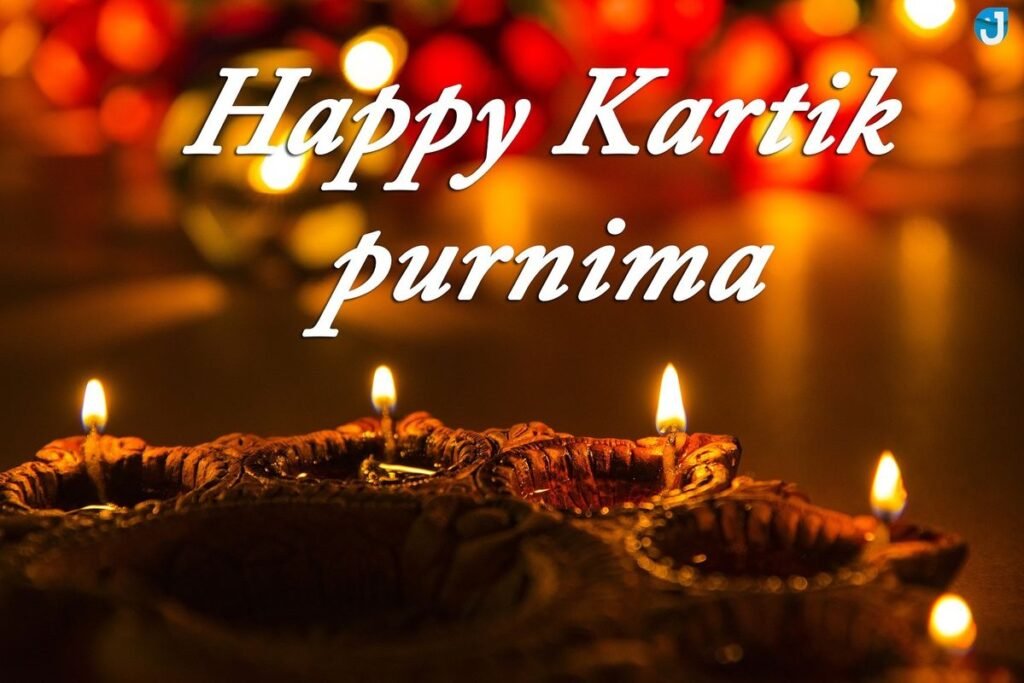

Food & Sweets & Modern Celebrations
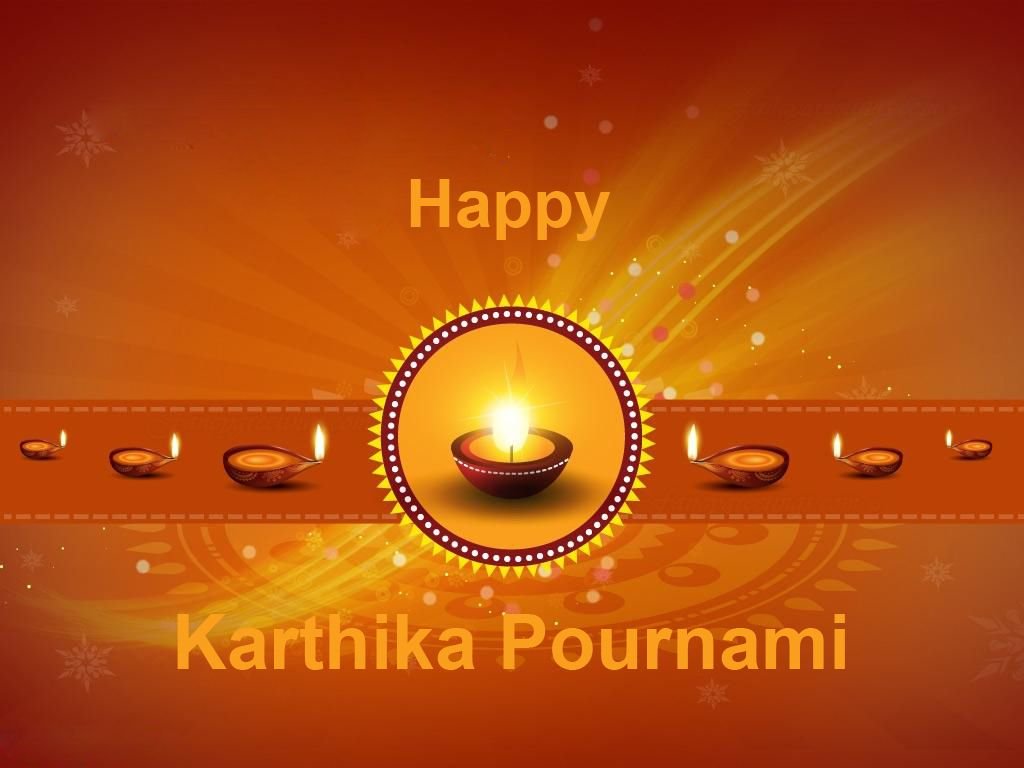
Kartik Purnima, celebrated on the full moon day of the Kartik month, is one of the most sacred and spiritually significant festivals in India, observed with devotion by Hindus, Jains and Sikhs alike. It is believed that taking a holy dip in sacred rivers such as the Ganga, Yamuna, Godavari, or Narmada on this auspicious day purifies the soul, washes away sins, and grants immense punya (spiritual merit), leading devotees closer to salvation. In Hinduism, Kartik Purnima is associated with multiple divine events: it is believed that Lord Vishnu assumed his Matsya (fish) avatar on this day to save humanity and the Vedas; Lord Shiva is worshipped with special prayers and rituals, especially in temples like Kashi Vishwanath; and the birth anniversary of Lord Kartikeya, the son of Shiva and Parvati, is also celebrated. Devotees decorate temples, ghats, and homes with rows of glowing diyas, creating a magical sight symbolizing the eternal victory of light over darkness, purity over sin, and knowledge over ignorance. For Sikhs, Kartik Purnima is of great importance as it marks Guru Nanak Dev Ji’s birth anniversary, celebrated as Gurpurab, with prayers, kirtans, langars, and grand processions filled with devotion and unity. For Jains, it is observed as Chaturmas Parvani, the day when Lord Mahavira, the last Tirthankara, delivered his final sermon, which became the foundation of the Jain Agamas. Across India, devotees participate in fairs, satsangs, charitable activities, and cultural gatherings, filling the atmosphere with joy, devotion, and spiritual energy. Kartik Purnima thus stands as a unique festival that unites communities, celebrates divine blessings, and emphasizes purity, humility, and universal brotherhood.




















































